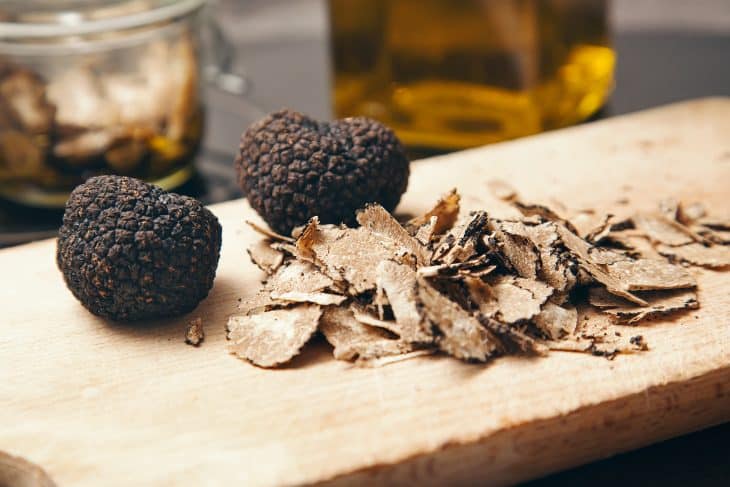
Since ancient history, humans have treasured truffles and their distinct flavors and aroma. As luxurious ingredients in many cuisines, truffles are one of the most expensive food items in the world. It’s no secret that these rare and mysterious fungi have captivated the taste buds of many, but what exactly makes them so unique and expensive? Read all about them with these tasty truffle facts.
- The first recorded mention of truffles dates back to the neo-Sumerians of the 20th century BC.
- There are over 40 truffle species.
- In 1993, trufficulturists in Gisborne, New Zealand harvested the first black truffles (Tuber melanosporum) to ever be produced in the Southern Hemisphere.
- In 2014, Sabatino Truffles discovered the largest truffle ever found. Found in Italy, it was a Tuber magnatum pico that weighed 4.16 lbs (1.9 kg).
- Truffles grow on soil with a pH in between 7.5 to 8.3.
- Although the ancient Romans recognized three kinds of truffle, they typically used another type of fungus in their cuisines. This fungus is terfez, which is also called “desert truffle”.
- Because heating causes them to easily lose their texture and aroma, truffles are typically served raw and shaved over warm meals.
- Many describe the taste of truffles as an earthy and garlic-like flavor with a deep and musky aroma.
- The word “truffle” originates from the Latin word tuber, which translates to “lump” or “swelling”.
- Kartoffel, the German word for potato, originated from tartufo, the Italian word for truffle.
- Researchers have found through genetic analysis that truffles evolved from above-ground mushrooms.
- Scientists suggest that truffles evolved to grow underground to avoid drying out due to droughts.
- Truffles are edible fungi prized in many cuisines.
- Truffles mainly grow in temperate regions.
- Trufficulture is the practice of cultivating or farming truffles.
- Because of the reported aphrodisiac properties of truffles, monks in the Middle Ages were not allowed to eat them.
- Chocolate truffles don’t contain actual truffles. However, they take their name from their physical resemblance to truffles.
- Ancient Greeks believed that truffles come into existence when lightning strikes damp soil.
- The Roman statesman Cicero deemed truffles as children of the earth.
- The Ancient Greeks dedicated a whole branch of science dedicated to studying truffles, which is hydnology. The word originates from hydnon, the Greek word for truffle.
Truffle Facts Infographics
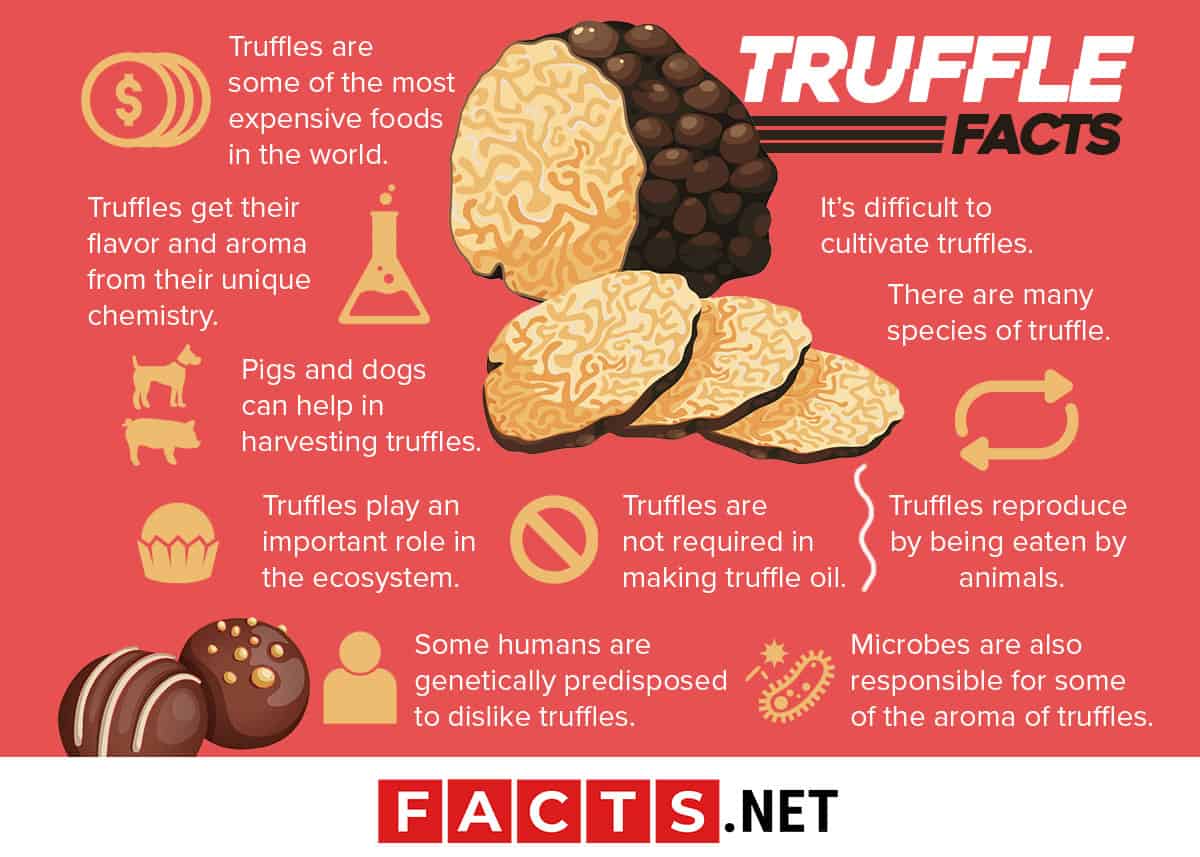
Truffles are some of the most expensive foods in the world.
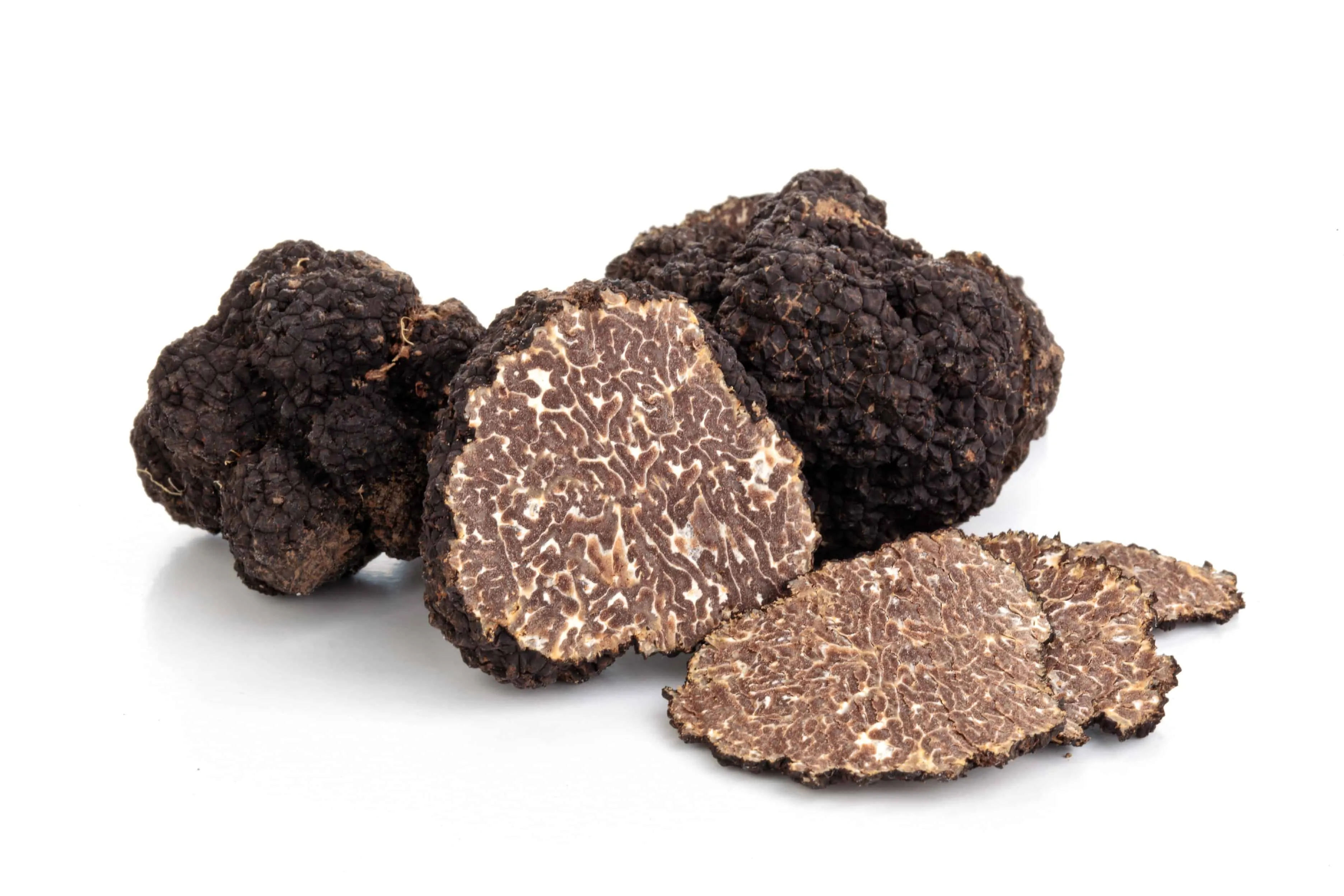
When you come across a dish that involves truffle in its ingredients, you can almost always expect it to be quite pricey. Similar to caviar, truffles have a reputation for being expensive and luxurious delicacies reserved for special occasions. These delectable fungi are so rare, well-loved, and costly that the French gastronome Jean Anthelme Brillat-Savarin deemed them the diamonds of the kitchen.
Commercially, white truffles sell for about $4,427-$7,747 for a modest amount of 2.2 lbs (1 kg). Other varieties of truffle are much cheaper, however, but just a few shavings of quality truffle at fancy restaurants can still cost hundreds of dollars. The most expensive truffle ever sold was a single white truffle that had a price of around $330,000.
Truffles owe their high price to their sheer rarity and short shelf life. They grow seasonally, which typically starts from September and ends at a relatively short period of eight weeks. Furthermore, truffles only thrive in highly specific environmental conditions. This means that they can only grow in certain parts of the world, such as some regions in France, Spain, and Italy. Not to mention that looking for them also requires an excruciating amount of time and effort.
It’s difficult to cultivate truffles.
Another factor in the hefty price tag of truffles is the challenge of cultivating them. While truffle farming is not impossible, it’s incredibly difficult and unpredictable. In the early 1800s, however, the French started finding ways to cultivate the elusive fungi, and reached success by observing that the truffles formed at the roots of oak trees. They found that oak trees, truffles, and rocky soil had symbiotic relationships. Some sources give the credit of this discovery to Pierre II Mauléon of Loudun, France.
France successfully cultivated truffles from the mid to late 1800s. At its peak, the nation produced hundreds of tons of truffles by the end of the 19th century. However, the industry dwindled in the 20th century as many of the people left the countryside and moved to cities. The First World War also dealt a huge blow to the truffle industry because the war claimed the lives of around 20% of France’s workforce. They consequently lost novel techniques in trufficulture, and the truffle industry dwindled. To date, the nation has yet to recover from the stark decline of truffle production.
Truffles prefer to grow in Mediterranean climates, and it can take around 7 to 10 years for the fungi to mature and bear fruiting bodies. Australia, New Zealand, and the United States all began efforts to cultivate truffles. While the countries have reached some degree of success, truffles still remain scarce and expensive.
Truffles get their flavor and aroma from their unique chemistry.
Why do truffles smell and taste the way they do? The answer lies in their chemistry. Most of the truffles’ flavors arise from their deep, earthy, and musky aroma. Their one-of-a-kind smell and taste are a result of a unique combination of natural compounds present in the truffle.
Scientists have analyzed the chemical make-up of truffles and found hundreds of aromatic compounds in fresh truffles. These include volatile compounds such as sulfur volatiles and fatty acid-derived volatile chemicals. Some of the compounds stand out more than others, such as 2-methylbutanal that also exists in the smell of wet dog. With hundreds of compounds contributing to the smell of truffles, it’s no wonder that their aroma is so strong and complicated.
Microbes are also responsible for some of the aroma of truffles.
The strong aroma of truffles are not just the result of their own biochemistry, but also the microbes that colonize their bodies. Much like how we humans have unique microorganisms residing in our bodies, truffles also have a combination of bacteria, yeast, and other guest fungi living with them. These microbes affect them in different ways, and a lot of them are responsible for the production of the aromatic compounds that make truffles stand out. Without the help of these microbes, truffles wouldn’t have the intense and complex aroma that many people love.
Truffles are not required in making truffle oil.
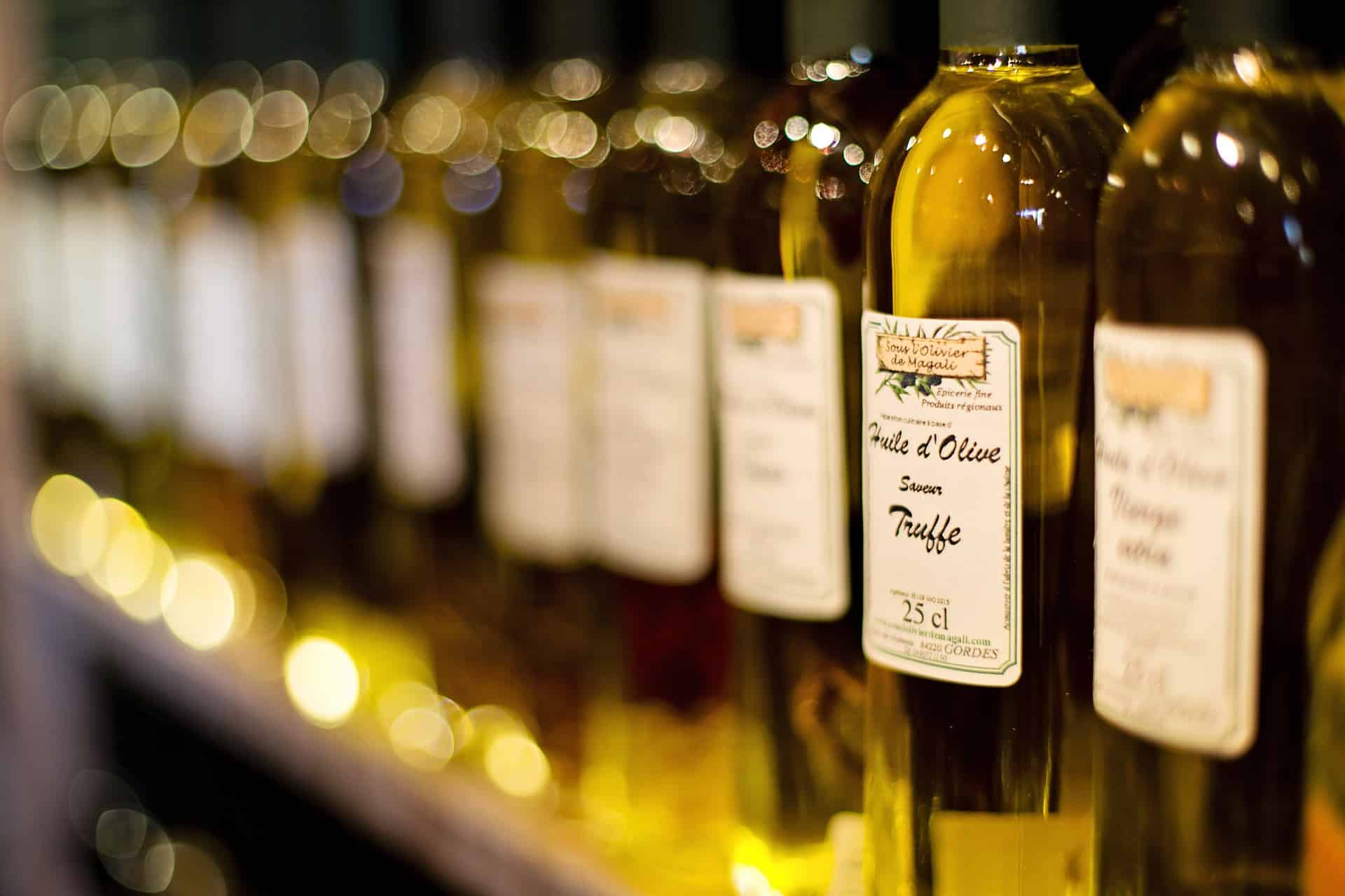
If you’ve ever eaten truffle fries or any other food that makes use of truffle oil, odds are that they don’t contain real truffles. Truffle oil is typically used as a finishing ingredient in a number of dishes. Unlike fresh truffles, which are seasonal, truffle oil is available year round. Its availability and significantly cheaper price makes it a common and less expensive substitute for fresh truffles.
Truffle oil can contain any type of oil, but olive oil is the most common. More neutral and flavorless oils, such as grapeseed oil and canola oil, can also be used. The controversy in truffle oil, however, lies in the truffle itself.
Some truffle oils may contain residues of truffles or even pieces of them in the bottle, but the majority of truffle oils available in the market don’t contain real truffles. Instead, they only contain the compounds that are responsible for some of the truffles’ aroma and flavor. These compounds, such as 2,4-dithiapentane, can be manufactured synthetically and be legally called truffle aroma or truffle flavor.
There are many species of truffle.
Truffles belong to the genus Tuber, which is a genus of fungus that has around 185 species. Most of these species exist in the Northern Hemisphere, and only a few are prized commercially.
Italian white truffles (Tuber magnatum) are the most valuable species of truffle in the market. In Italy, they’re called trifola d’Alba Madonna, Italian for “Truffle of the White Madonna”. These truffles mostly grow around the Italian cities of Alba and Asti, as well as in the Langhe and Montferrat areas of the Piedmont region. In 2017, a set of white Alba truffles weighing just under 2 lbs (0.9 kg) had a hefty price tag of $85,000.
Black truffles, or black Périgord truffles (Tuber melanosporum) come in second as the most valuable truffles in the market. They take their name from the Périgord region in France. Summer truffles, burgundy truffles, and whitish truffles are also held in high esteem commercially.
Pigs and dogs can help in harvesting truffles.
Truffle hunting is a tedious endeavor, and farmers can’t do it without the help of animal companions. Since the reign of the Roman Empire, farmers have used female pigs to search for truffles. These truffle hogs are naturally attracted to the scent of truffles because the fungi emit a scent similar to the sex pheromones of a male pig. However, pigs can sometimes eat the truffles they find. For this reason, Italy banned the use of truffle pigs in 1985.
Dogs are also quite useful in the search of truffles. These intelligent animals have a sharp sense of smell and sniff out the location of truffles. Although they require training to do so, they are less likely to damage truffles.
There is also a species of fly attracted to truffles, and farmers use them for similar purposes. Truffle flies (Suillia tuberiperda) lay eggs on the ground above the fungi. Subsequently, the larvae seek out and eat the truffles when they hatch.
Truffles reproduce by being eaten by animals.
The pungent smell of truffles attract animals for a reason. Unlike above-ground mushrooms, they can’t use the rain and wind to spread their spores. Therefore, truffles have to rely on animals to reproduce. Truffles produce strong odors to attract animals, such as pigs and flies, into eating them. The spores then scatter through the feces of these animals.
Truffles play an important role in the ecosystem.
Truffles live symbiotically with a number of tree species including birch, cherry, hazel, oak, passionfruit, and pine. They can never survive in the soil without their plant hosts. In exchange for the carbohydrates that trees provide the fungi, they give micronutrients and macronutrients to the trees. These involve potassium, phosphorus, nitrogen, iron, and zinc. They’re also important in the establishment of oak populations. Interestingly, they’ve evolved so closely with trees that many of them can’t get carbohydrates in any other way. Truffles, unlike mushrooms and other fungi, have lost their ability to decompose plant matter.
The roots of truffles make complex connections that form a mat surrounding the roots of their host trees. The mats take in nutrients better because of their surface area and also mitigate soil erosion. They also feed a number of organisms such as bacteria and microscopic arthropods. Furthermore, truffles provide their host plants with protection against drought and water loss. Their role in their local ecosystem is even more important now as the plants face the threat of climate change.
Some humans are genetically predisposed to dislike truffles.
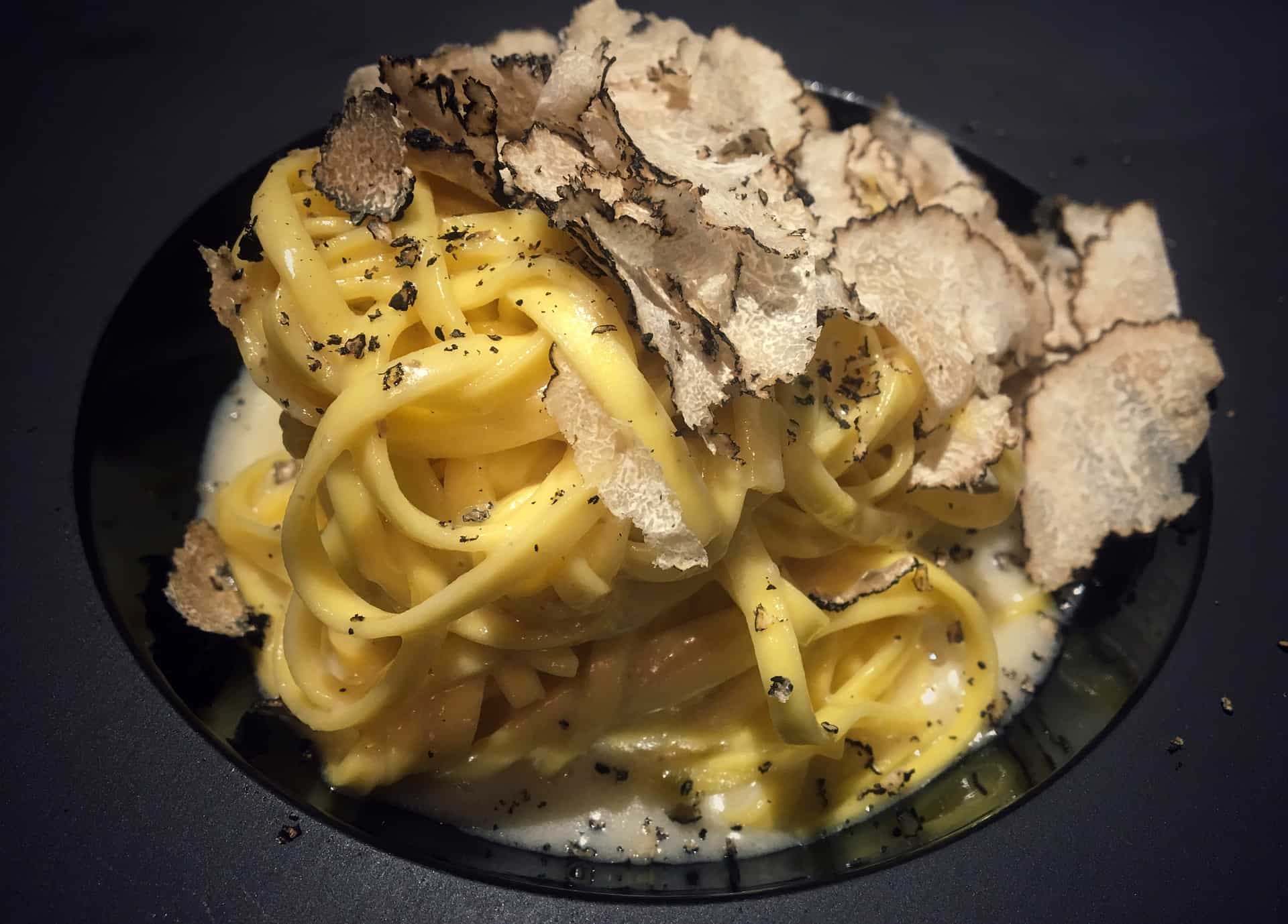
Whether you love truffles or just can’t bring yourself to like them, your genes may be responsible for that. Similar to how some people describe the taste coriander as soapy, the experience of truffles also differs among the human population.
Because of natural differences in our receptors, a small population of people will describe the aroma of truffles as similar to rotten wood, sweat, or even urine. Around 25% of humans can’t smell the compound androsterone, which is a key player in the aroma of truffles. 40% of the population is also hypersensitive to its odor, and the remainder can enjoy the unique aroma of the fungi normally.
Was this page helpful?
Our commitment to delivering trustworthy and engaging content is at the heart of what we do. Each fact on our site is contributed by real users like you, bringing a wealth of diverse insights and information. To ensure the highest standards of accuracy and reliability, our dedicated editors meticulously review each submission. This process guarantees that the facts we share are not only fascinating but also credible. Trust in our commitment to quality and authenticity as you explore and learn with us.
